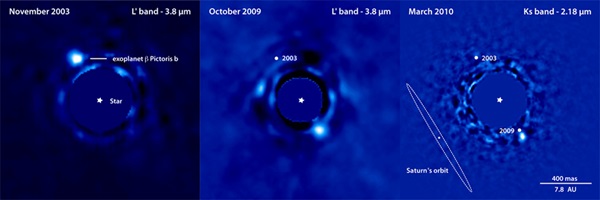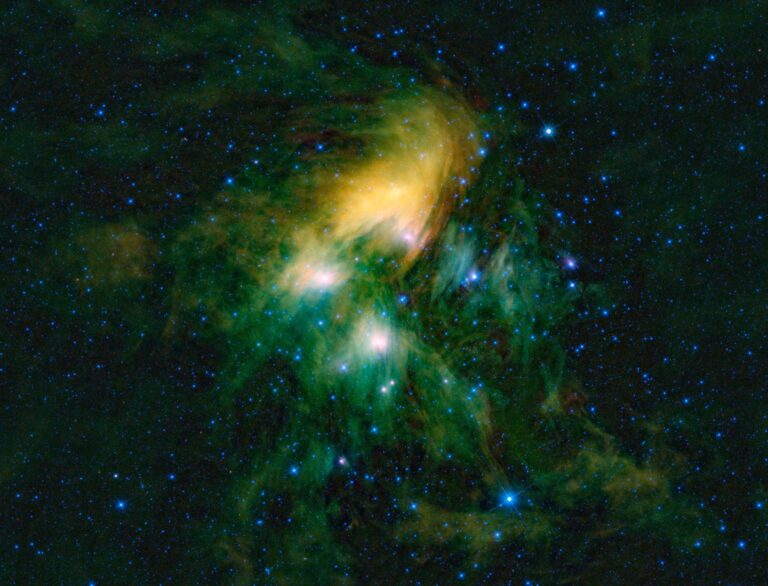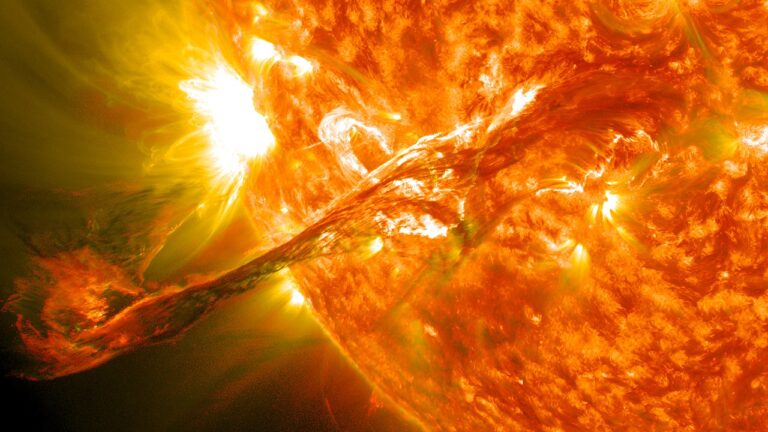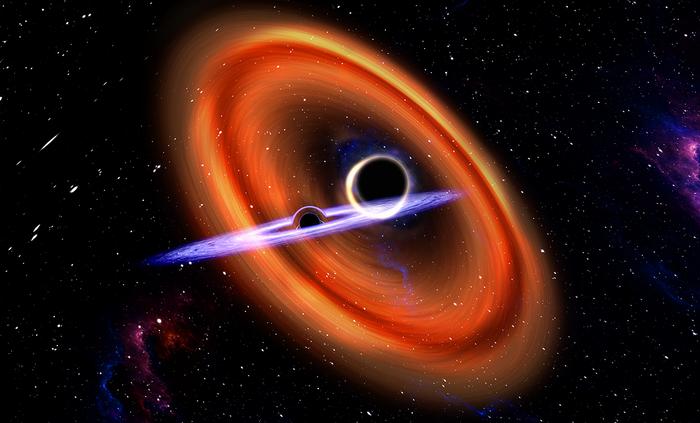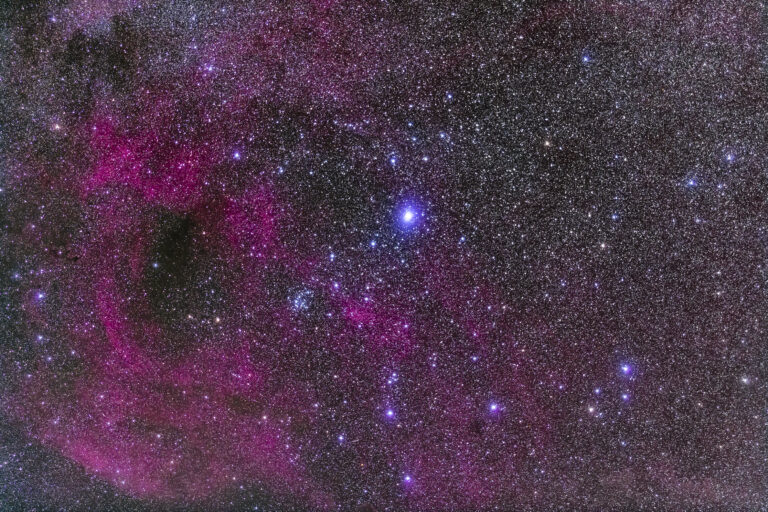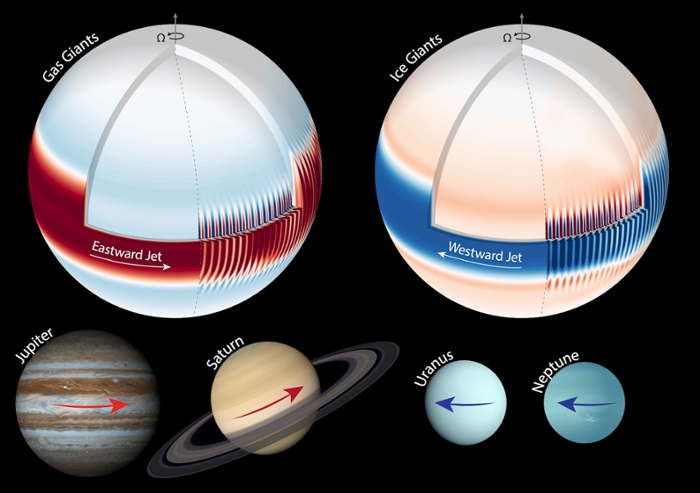Key Takeaways:
- New observations of the exoplanet Beta Pictoris b, initially discovered in 2009, were conducted using the Very Large Telescope's NaCo instrument, confirming its re-detection around the young Beta Pictoris star.
- These high-angular resolution observations confirmed the planet's orbital motion and enabled the measurement of its mass, calculated to be 7-11 times that of Jupiter, and its effective temperature, ranging from 1100° to 1700° Celsius.
- The planet's measured mass and retained primordial heat challenge certain evolutionary models of giant planet formation that hypothesize a complete release of accretion energy, particularly in the context of this young system.
- Positioned as the closest directly imaged exoplanet to its star (8-15 AU) within a prominent circumstellar disk, Beta Pictoris b serves as a crucial target for studying planetary formation processes and planet-disk interactions, with further characterization anticipated.
Astronomy & Astrophysics publishes new high angular resolution observations of the giant planet orbiting the star Beta Pictoris. Located 63.4 light-years from the Sun, Beta Pic is a young star about 12 million years old and 75 percent more massive than our Sun. Beta Pic is well-known for harboring an extended and structured circumstellar disk. It was actually the first star to have its disk directly imaged more than 25 years ago. In 2009, a giant planet was seen orbiting within the disk. With an orbital distance of 8 to 15 astronomical units (AU), Beta Pictoris b is the closest exoplanet to its star that has ever been imaged. This planet offers a new opportunity to study the planetary formation processes, in particular the interactions between the planets and their native disks.
An international team of astronomers observed the Beta Pic system using the VLT/NaCo instrument at 2.18 microns, previous observations having been made near 4 microns. They detected the planet again and compared these new observations with the previous ones. Combining all the data together shows that the planet is moving around the star, as expected from the previous data. Analyzing these new observations, the team was then able to measure the mass of the planet, around 7 to 11 times the mass of Jupiter, and its effective temperature, between 2000° and 3100° Fahrenheit (1100° and 1700° Celsius).
This new data already tell us something about the formation of the planet, especially because the system is young. The planet Beta Pic b is still warm, implying that it has retained most of the primordial heat acquired during its formation. If it has been formed in a similar way to the giant planets of our solar system, and its mass and temperature cannot be explained by some evolutionary models that hypothesize a total release of the energy acquired during the accretion of disk materials.
Forthcoming observations of Beta Pictoris b with NaCo and also with the next generation VLT instrument SPHERE should soon provide more details about its atmosphere and orbital properties and about the way this companion influences the surrounding disk material.
Astronomy & Astrophysics publishes new high angular resolution observations of the giant planet orbiting the star Beta Pictoris. Located 63.4 light-years from the Sun, Beta Pic is a young star about 12 million years old and 75 percent more massive than our Sun. Beta Pic is well-known for harboring an extended and structured circumstellar disk. It was actually the first star to have its disk directly imaged more than 25 years ago. In 2009, a giant planet was seen orbiting within the disk. With an orbital distance of 8 to 15 astronomical units (AU), Beta Pictoris b is the closest exoplanet to its star that has ever been imaged. This planet offers a new opportunity to study the planetary formation processes, in particular the interactions between the planets and their native disks.
An international team of astronomers observed the Beta Pic system using the VLT/NaCo instrument at 2.18 microns, previous observations having been made near 4 microns. They detected the planet again and compared these new observations with the previous ones. Combining all the data together shows that the planet is moving around the star, as expected from the previous data. Analyzing these new observations, the team was then able to measure the mass of the planet, around 7 to 11 times the mass of Jupiter, and its effective temperature, between 2000° and 3100° Fahrenheit (1100° and 1700° Celsius).
This new data already tell us something about the formation of the planet, especially because the system is young. The planet Beta Pic b is still warm, implying that it has retained most of the primordial heat acquired during its formation. If it has been formed in a similar way to the giant planets of our solar system, and its mass and temperature cannot be explained by some evolutionary models that hypothesize a total release of the energy acquired during the accretion of disk materials.
Forthcoming observations of Beta Pictoris b with NaCo and also with the next generation VLT instrument SPHERE should soon provide more details about its atmosphere and orbital properties and about the way this companion influences the surrounding disk material.

